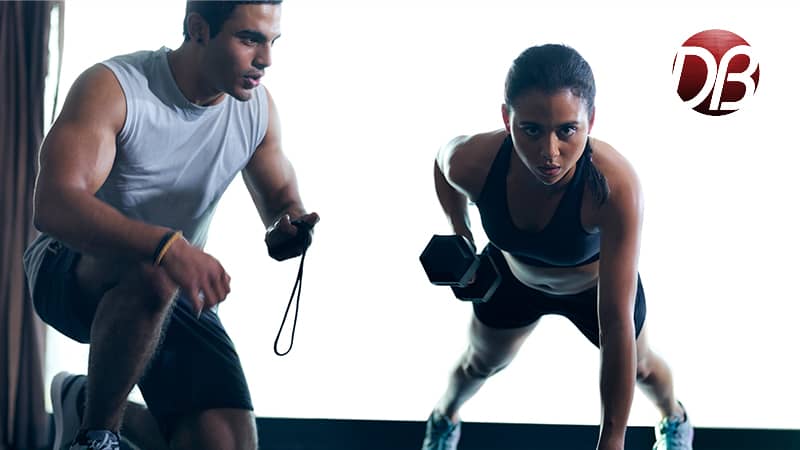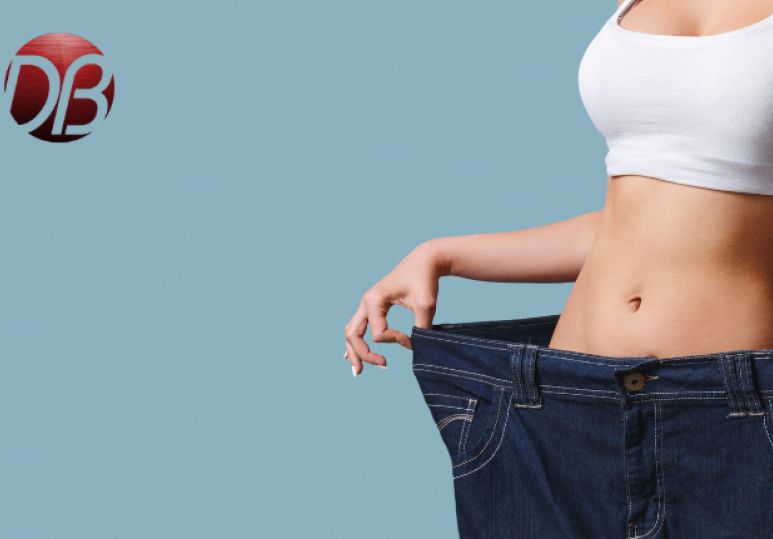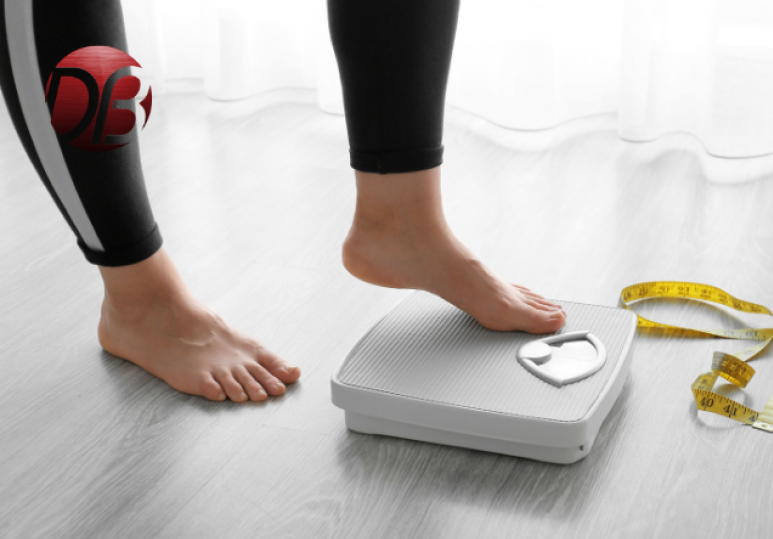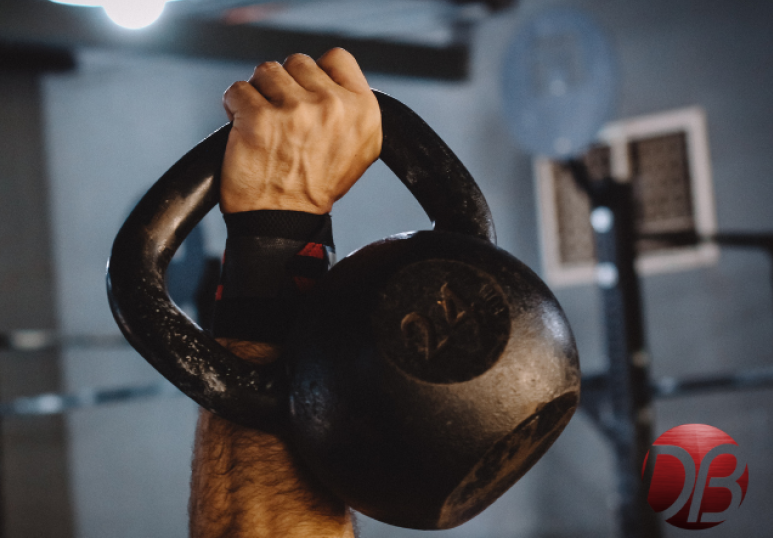Bulking And Cutting 101
Bulking Phase
You will most likely begin your training with the bulking stage where the goal is to increase muscle mass. During this stage, it is very important to do heavy lifting training with your reps in the 6-12 range. Base your workouts around compound exercises such as:
- Squats
- Deadlifts
- Bench press
- Clean and press
- Pull-ups
- Hip dips
- Bent over rows
Compound exercises require balance and coordination and therefore involve more muscle groups to work the body in a more functional manner and increase muscle mass. In addition to lifting heavy, you must also eat a surplus of calories with adequate protein intake to maximize protein synthesis, sufficient fat intake to balance hormone levels, and a balanced portion of carbohydrates to give you the energy to lift heavy in the gym. You may have heard gym-goers talk about “watching their macros.” This essentially means that they are focussing on how much of each macronutrient (fat, protein, and carbohydrates) they consume per day to maximize their results. These numbers will differ from person to person depending on a variety of factors such as goals and genetics.
To learn more about macronutrients and what you should be eating, book a consultation with one of our highly-trained personal trainers to ensure your diet will give you optimal results. Our fitness coaches will also design workouts tailored to your personal goals so you can see results faster and be able to sustain them. Contact Dreambody Fitness in Downtown Calgary by calling 1-403-612-3538.
Cutting Phase
The goal of the cutting phase is to shed excess body fat gained during the bulking stage. The cutting phase is typically done during the spring/summer months when people are enjoying the beach and outdoors to show off their toned physique. This phase requires you to perform exercises that will keep your heart rate up by reducing rest times and introducing supersets and more cardio. You will also need to perform more reps of each exercise which will require you to lift slightly lighter than you were during the bulking phase. High-intensity interval training (HIIT) has become increasingly popular among bodybuilders and athletes who look to shed excess fat as well. HIIT workouts are relatively short, only lasting 15-20 minutes long, and combine medium-paced intervals with high-intensity bursts. This results in more calories burned when compared to longer duration, less intense cardio workouts.
Your diet during the cutting phase must be in a calorie deficit. If you consume less than you burn, your body uses its stores of energy (fat) to support your daily needs, resulting in weight loss over time. Your carbohydrate intake will be lower than the bulking phase. It should still be high enough to give you the energy to complete your workouts, but low enough to ensure your body keeps burning fat. You will still have to keep protein in your diet to maintain muscle mass and ensure your body does not use your newly built muscle for energy use rather than your fat storage. Once again, there is a fine balance of balancing your macronutrients during the cutting stage, and will be different for each person. The most important takeaway is to ensure that you are burning more calories than you consume in a day.
See Results With Calgary’s Best Team Of Personal Trainers
Bulking and cutting are essential stages to help you achieve a strong, toned physique. Without one or the other, you will not see optimal results with your fitness or weight loss goals. Bulking and cutting is not easy and may require some trial and error until you find your optimal diet and workout routines. Track your progress by taking before and after photos, watching the scale (but not relying on it), and paying attention to how your current clothes are fitting. Remember to be consistent, be patient, and most importantly enjoy the process.
Understanding the bulking and cutting stage is the easy part. Knowing how to incorporate these stages into your fitness routine to help you see results can take time. To ensure successful, sustainable results, work with a fitness coach, weight loss coach, or personal trainer who can give you insider tips and tricks on how to bulk and cut. From customized workout plans to around-the-clock support, our personal trainers and coaches at Dreambody Fitness can help you shed pounds, build muscle, hold you accountable, and improve your fitness in record time. To learn more about our weight loss programs and personal training, contact us by calling (403) 612-3538 or by filling out our online contact form.
FAQ
Q: Should I start with bulking or cutting?
A: This will depend on your starting point and what your goals are. For instance, a leaner individual may start with the bulking stage to build on muscle mass right away. However, some individuals will want to shed excess fat and get to their ideal weight before getting into the routine of bulking. Bulking is the most common starting point for most people.
Q: How long should I bulk for?
A: This will depend on how consistent you are with your diet and workouts, as well as what your goals are. The bulking stage typically is the longest stage lasting anywhere from 10-16 weeks.
Q: If I eat in a calorie surplus or calorie deficit, does that mean I do not need to exercise?
A: Even if you are following a great diet that is either in a calorie deficit or calorie surplus, you will still need to exercise. During a calorie deficit, you will need to burn off more calories than you consume which requires you to work out. During a calorie surplus, you need to convert that energy into muscle mass by lifting heavy weights, or else it will just turn to fat. Your diet and workout routines go hand-in-hand to give you the best results.




